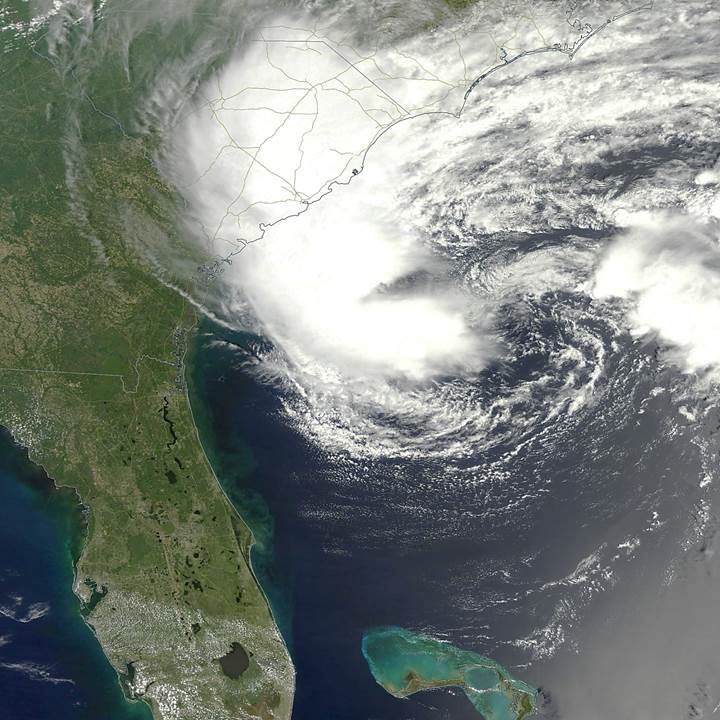As Subtropical Storm Ana churns off the southeast U.S. coast, the global atmosphere has exceeded 400 ppm carbon dioxide content for the first time in…well…who knows?
And also on tap for this month (May 25th, Memorial Day) is another milestone: 3,500 days since the last time a major hurricane (Cat 3 or stronger) struck the U.S., which was Hurricane Wilma in 2005.
Maybe we can all pause to remember the “good old days”, when hundreds or thousands of people died in major hurricanes. /sarc
You remember 2005, right? Hurricane Katrina? So many hurricanes that the National Hurricane Center ran out of names? The next year, Al Gore blamed it all on humanity’s carbon dioxide emissions in his movie, An Inconvenient Truth.
You might not remember that 2 years ago news reports also were reporting we hit record CO2, at 400 ppm. So why the latest report regarding 400 ppm? Well, because now we’ve exceeded 400 ppm, rather than just hitting 400 ppm.
The minor distinction illustrates an important fact: it takes a huge amount of CO2 emissions to raise the atmospheric CO2 concentration by even a tiny amount.
It took nearly a century to raise atmospheric CO2 concentrations from 3 parts per 10,000 to 4 parts per 10,000. That’s right, nearly a century to add 1 molecule of CO2 to every 10,000 molecules of atmosphere.
Most people aren’t aware that the atmospheric concentration would have gone up twice as fast if not for the fact that nature loves the stuff. No matter how fast we produce it with our cars and planes and power plants, nature sucks up half of it, like a starving dog that has just been fed dinner.
In fact, without CO2 life as we know it on Earth would not exist.
More CO2 has led to global greening. Increased agricultural productivity. It probably has contributed to recent warming, in my professional opinion, but that warming has been relatively benign, with no observable increase in severe weather.
Which brings me back to hurricanes. There is a huge amount of natural variability in global hurricane activity from year to year, and even decade to decade. For example, see Dr. Ryan Maue’s charts here.
This extreme variability would happen with or without humans, just like it happens in tornado activity. Yet, many people tend to anthropomorphize everything that happens in nature. Changes in nature are seen as an extension of changes in human behavior, specifically our use of fossil fuels. It really isn’t much different from medieval witches being blamed for bad things that happened.
Eventually a major hurricane will strike the U.S. again. Maybe it will be this year, maybe next year. No one knows.
But you can be sure that when the current drought in U.S. major hurricane strikes ends, that, too, will be blamed on humans.

 Home/Blog
Home/Blog




